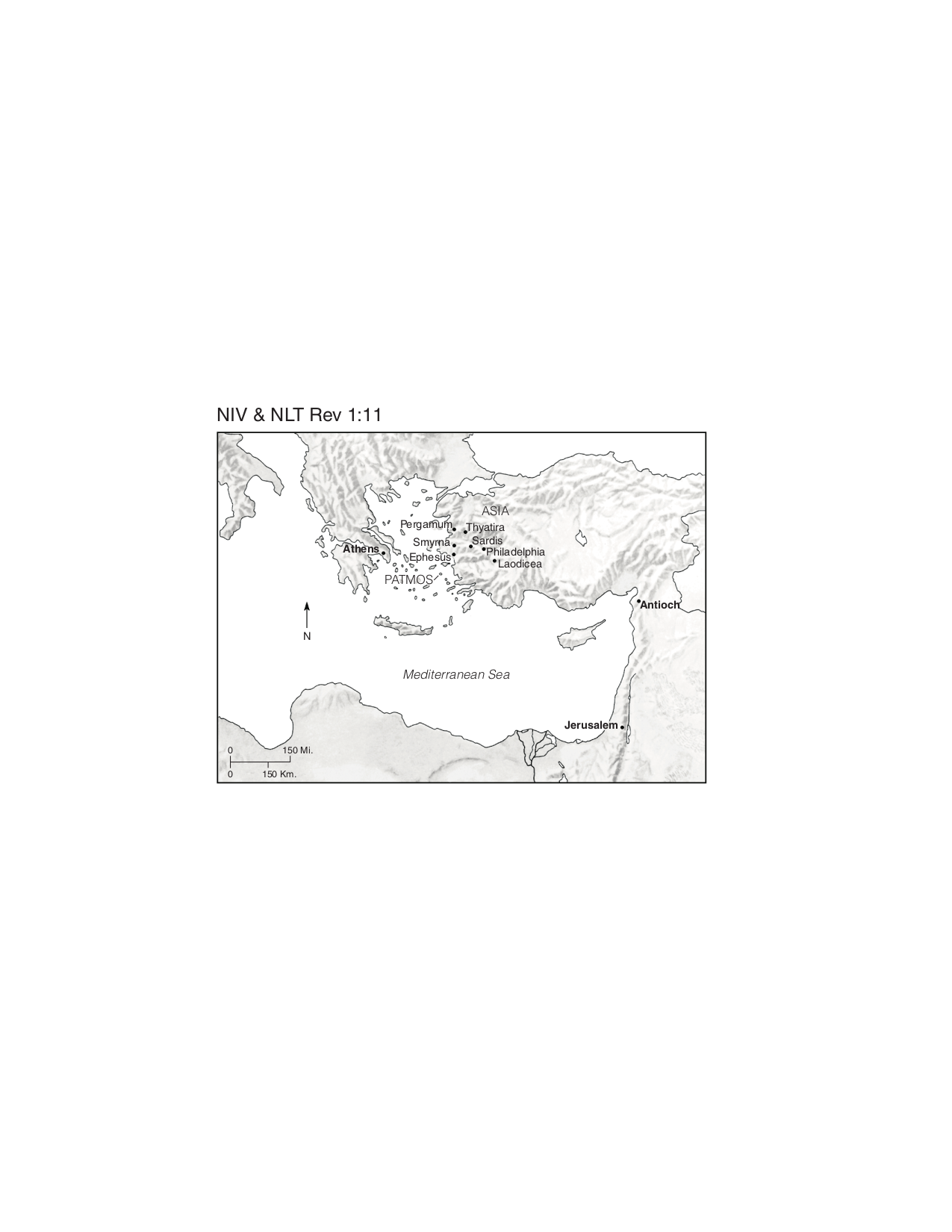
Patmos and the Seven Local Churches in Revelation
John wrote to seven churches in the Roman province of Asia while he was in exile on the island of Patmos.
Open Bible Data Home About News OET Key
OET OET-RV OET-LV ULT UST BSB MSB BLB AICNT OEB WEBBE WMBB NET LSV FBV TCNT T4T LEB BBE Moff JPS Wymth ASV DRA YLT Drby RV SLT Wbstr KJB-1769 KJB-1611 Bshps Gnva Cvdl TNT Wycl SR-GNT UHB BrLXX BrTr Related Topics Parallel Interlinear Reference Dictionary Search
A B C D E F G H I J K L M N O P Q R S T U V W XY Z
PATMOS

Patmos and the Seven Local Churches in Revelation
John wrote to seven churches in the Roman province of Asia while he was in exile on the island of Patmos.
Small island in the Aegean Sea, located about 35 miles (56.3 kilometers) west of the city of Miletus off the coast of Asia Minor. Patmos is about ten miles (16.1 kilometers) long and six miles (9.7 kilometers) wide at its northern end, consisting of rocky volcanic hills.
In Revelation 1:9 John says that he was on the island of Patmos “for preaching the word of God and speaking about Jesus” (NLT). He also indicates that he is a fellow participant in their “suffering.” The Roman historian Tacitus informs us that the Romans used some of the Aegean islands as places of banishment and exile during the first century (Annals 3.68; 4.30; 15.71). Thus the language of the author and the evidence of Tacitus, joined to Christian traditions from the second and third centuries about John’s banishment, support the likelihood that Patmos was a place of exile or political confinement.
In a time when the Asian churches were undergoing persecution, John wrote to them from this island. He addressed each of seven churches by means of a letter of encouragement and warning. The series of letters is followed by the author’s account of the divinely sent vision of impending judgment, which “must soon take place” (Rv 22:6). Patmos, then, was the location from which this NT writing originated.
See also Revelation, Book of.